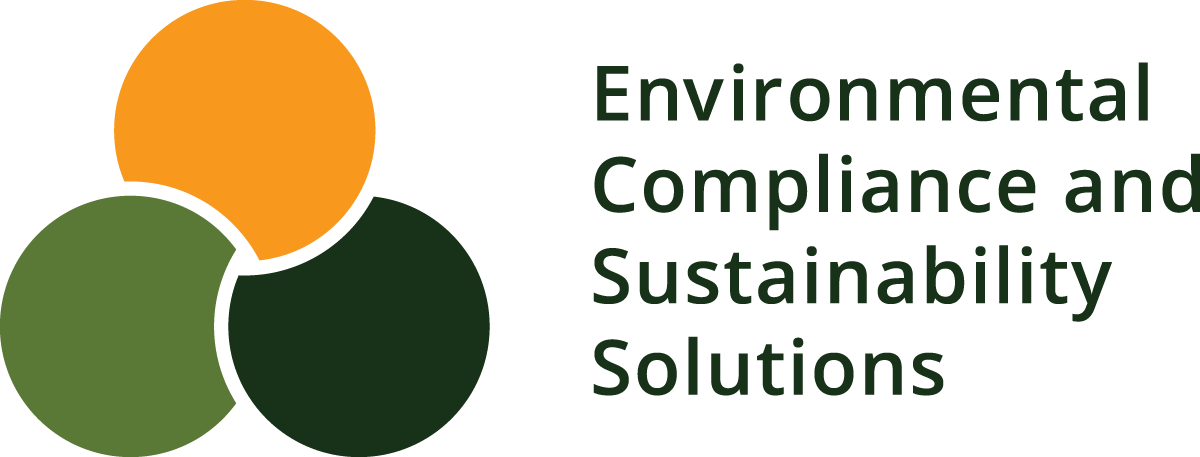Embrase the Challenge: Implement the ISO 9001 Climate Change Amendment

We recently addressed a question about how to handle the 2024 amendment to ISO 9001 (available here for free), which focuses on climate change and decided to share this information with everyone.
2024 ISO 9001 Amendment
This amendment does not require organizations to initiate climate change projects. Instead, it mandates that organizations determine whether climate change is relevant to achieving the intended results of the Quality Management System (QMS), and if so, address it appropriately. Rather than drafting a separate policy for compliance, here at ECSS we recommend updating your current management system documentation holistically. Adopting a holistic approach will save time in the long run.
This guide outlines the new requirements and provide advice on meeting them. If you have questions, contact ECSS for assistance.
ISO 9001 Climate Change Amendment Change No. 1
The following statement has been added to the end of subclause 4.1: “The organization shall determine whether climate change is a relevant issue.” You can address this requirement in three steps:
Step 1: Assess whether climate change is a relevant issue.
The standard allows flexibility in determining relevance, so you can decide your approach. At a minimum, I suggest conducting a SWOT analysis to evaluate how climate change could impact your ability to consistently deliver products or services that meet customer and regulatory requirements.
Step 2: Document your findings.
Include the outcome of your analysis in your management system documentation. If section 4.1 is not yet addressed in your policies or procedures, add the analysis and declaration to your annual management review.
Step 3: Evaluate the cascading effects on other clauses.
Analyze how your conclusion about climate change might impact other parts of your QMS, such as:
- Section 4.3: Scope of the QMS: For example, if climate change creates new opportunities (e.g., new products or services), adjust the scope of your QMS.
- Section 6.1: Address risks and opportunities: If climate change introduces risks or opportunities, incorporate them into your section 6.1 activities. Highlight climate change as the root cause where applicable—auditors will appreciate this.
- Section 6.3: Changes: Review whether new risks, opportunities, or scope changes require updates to your QMS processes or change management practices.
- Section 7.1: Resources: Assess whether you have adequate resources to address risks or opportunities related to climate change. Consider how traditional resources for ensuring product or service conformity may be impacted.
- Section 8.0: Operations: Review all relevant processes to determine whether climate change could affect them, and document your findings.
- Section 9.0: Performance evaluation and improvement: If climate change is relevant, implement specific monitoring and measurement practices. For instance, customers might request data about your product’s CO2 footprint, requiring accurate inputs from raw material sourcing to production processes.
ISO 9001 Climate Change Amendment Change No. 2
A note has been added to the end of subclause 4.2: “Relevant interested parties can have requirements related to climate change.” When reviewing your interested parties, identify whether any have specific climate-related requirements. Reach out to key stakeholders to clarify their needs. For smaller parties, it may suffice to record “unknown.” Document your findings. Examples of parties with potential climate-related requirements include:
- Regulatory bodies such as ECCC for GHG reporting
- Customers, NGOs, community groups, or industry codes
In conclusion, the 2024 amendment to ISO 9001 emphasizes evaluating climate change as a potential factor within your Quality Management System. By integrating this assessment holistically into your existing MS documentation, you can ensure compliance and maintain efficiency. Taking proactive steps to address these changes will streamline your processes and prepare your organization to adapt to evolving environmental challenges and stakeholder expectations. Contact ECSS for further guidance—we’re ready to help you navigate this transition smoothly.





